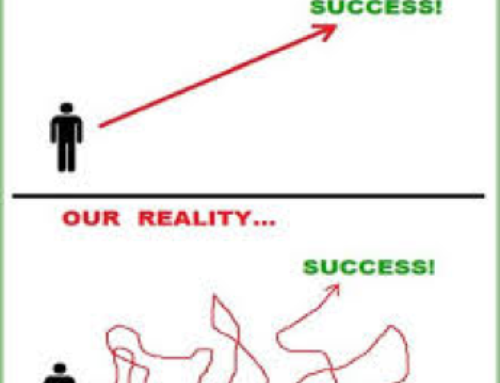It’s March and I have some questions for you …
- Have your New Years’ resolutions stuck?
- Are you still training 3 times a week and maintaining a clean diet like you promised yourself you would?
- Are you still reviewing and defining your goals or have all your old habits slipped back and the same excuses come out?
If so here are some tips to help get you back on track and make sure this is actually the year you stick to your goals and achieve the health and fitness you deserve.

1. Don’t confuse weight loss with fat loss
Weight loss and fat loss are not the same things. How do you distinguish between the two? The scale can be very misleading if it’s the only criteria you use for measurement. For example, someone could weigh 60 kilos and have 33% body fat, this is commonly called “Skinny Fat” In contrast, an athlete could weigh 60 Kilos and be lean, with body fat in the low teens.
So, while the scales may be a good initial measure and a quick guide, the end goal is ideally losing fat while maintaining muscle. As you maintain or increase your muscle mass, then what the scales say becomes less important. Your ratio of muscle to fat is what really counts.
2. Avoid temporary “quick fixes.” Learn new habits you can maintain as a lifestyle
A “diet” can be defined as a temporary change in your eating habits to help you lose weight. The entire concept is flawed, “going on a diet” implies that it’s temporary and at some point you’re going to “go off” the diet; that in turn implies that you will go back to the previous habits you had which got you to the point where you had to “Diet” Besides that, look at the first three letters of the word – nobody wants to DIE – T J
New dietary and exercise habits may be difficult and uncomfortable. Sticking with them will take some effort, planning, and discipline in the early stages. If you make the commitment to stick with it, you will discover that it gets easier until eventually your new habits become your new normal and you’ll wonder what you did before. Hindsight is 20/20 and if you look back you’ll realize how your old habits didn’t serve and support your health.
3. Avoid “one-size-fits-all” programs.
There are universal nutrition laws apply to everyone, however, what works perfectly for one person might be completely ineffective for the next. There are about 7.6 billion people in the world and no two are alike. Everyone has different metabolic rates, digestive capacities, hormonal profiles, muscle types and distributions and body fat levels that are unique. Learning to adjust your nutrition and training to fit your unique needs is essential to your success.
4.Think about more than just cosmetic improvements – it’s about your health.
Recommendations for losing body fat are similar to the recommendations for good health: eat healthy fats, reduce refined sugars, eat a variety of natural, unrefined foods, eat plenty of fiber from vegetables and fruits, drink plenty of water, reduce alcohol use. Your healthy nutrition and training habits need to support an overall health goal, rather than just training to look good, which is usually unsustainable.
5. Don’t confuse simple with easy.
Losing fat is not easy! No one tells you this is because “quick, easy, overnight and effortless” are more marketable. “Hard work, blood, sweat and tears” scares people away. Well, if you’re scared by hard work, then you probably won’t reach your goals, after all, doing things the easy way got you to the point where you now need to work hard to fix it. “Simple” means that something is uncomplicated. “Easy” implies that a goal can be achieved with little or no effort. Eating well and training hard doesn’t necessarily need to be complicated. But is it easy? No-way! If it was easy everyone would do it, and no-one would be obese, unhealthy and gyms would be filled with Hollywood like supermodels. That’s not the reality.




